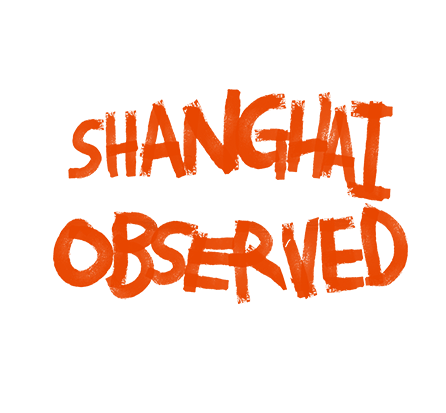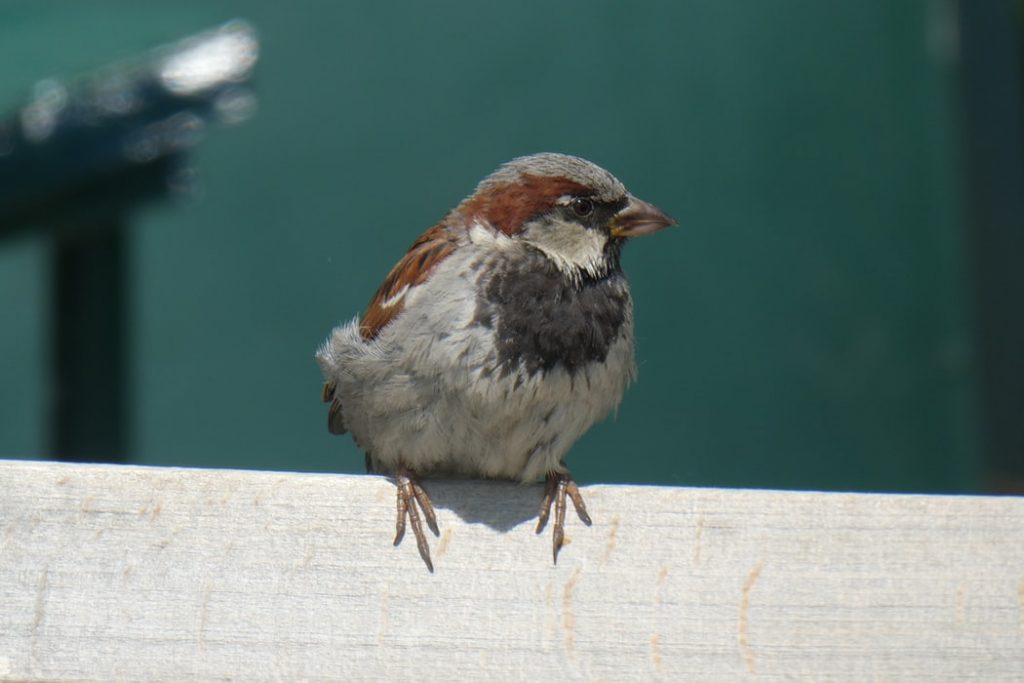No products in the cart.
Blog
Chairman Mao’s War on Birds.
- The Four Pest Campaign led to the Chinese people killing millions of sparrows
- Without Sparrows Insect populations increased dramatically
- The policy worsened The Great Famine and contributed to the death of millions of people.
The Emu war in Australia is one of the most entertaining pieces of modern History. In late 1932 the Australian government decided that Emus had become too large a pest to Australian farmers, and effectively declared war on the bird. Despite the Australian army using heavy weaponry, including machine guns, to eradicate Emu populations little impact was made. Emu’s kept on decimating Australian farms. Australia is not the only nation to attempt to fight a war against a winged enemy. Chairman Mao also decided to start a war with a bird, his target? The Humble sparrow.
Mao was known for his large scale, often certifiably insane, campaigns. During The Great Leap Forward, he instructed the Chinese people to make steel in their own gardens, even school children would take breaks from learning to load furnaces. Despite the great effort of and cost to the Chinese people the vast majority of the amateur made steel was worthless. Mao also overthrew the education system because “To read too many books is harmful”. Despite all this, his most bizarre, foolish, and surprisingly devastating policy was The Four Pests Campaign often referred to as the ‘Smash Sparrows Campaign’.

The Four Pests Campaign targeted rats, mosquitoes, flies, and sparrows. The communist government asked that people take up arms against these pests and eradicate them from China. The pests were blamed for disease and famine. Mao believed China would be better without them. Sparrows were specifically charged with eating grain and fruit, which would be better used to feed the Chinese people. The party even categorized birds, in general, as capitalist and bourgeoisie (not sure what led them to that bizarre conclusion). Most scientists inside and outside of China disagreed with the effectiveness and logic of this policy.
The Chinese People mobilized and created a number of tactics to rid themselves of the so-called ‘pest’. Many people found nests and destroyed them, along with any eggs or chicks they found. Some people used more direct tactics and shot the birds from the sky. However, by far the most common and effective method was to bang pots and pans, wave sticks and brooms and make sparrows feel unable to settle anywhere. The birds would be unwilling to land and rest and would ultimately die of fatigue.
Unlike Mao’s other strange policies the problem was not that the campaign did not work, but that it worked far too effectively. Without sparrows in the food chain, huge imbalances were created. Killing sparrows did not increase grain yield, it reduced it. Sparrows don’t eat huge amounts of grain, however, insects do. Sparrows eat insects, less sparrows = more insects = less grain. Rice yields after the campaign were dramatically worsened.
The problems added to a series of issues that lead to The Great Famine. Along with The Great Leap Forward, Flooding, and provinces exaggerating grain yield, ‘The Four Pest Campaign’ led to the death of up to 55 million people. It is regarded as the deadliest famine in human history. The catastrophe led to one of the darkest periods in modern Chinese history. Eventually to abate the problem The Chinese Government purchased hundreds of thousands of sparrows from the USSR, in the hope that bug populations would re-stabilise, which eventually they did.
Mao had a lot of off-the-wall ideas. His decision to murder millions of sparrows was perhaps his most insane, pointless, and downright strange policy. And goes to show that politicians should perhaps listen to scientific advice…

